| Coad | 667122 | Typical Applications | - | |
| Type | Low-dispersion ultraviolet mirror | Clear Aperture | - | |
| Substrate | UVFS | Parallelism | - | |
| Diameter(mm) | 25.4 | Surface Quality S1 | - | |
| Diameter Tolerance | +0/-0.1mm | Surface Quality S2 | - | |
| Thickness(mm) | 9 | Surface Flatness | - | |
| Thickness Tolerance | +0/-0.1mm | Laser Damage Threshold | - | |
| Wavelength(nm) | 266 | GDD | - | |
| AOI(°) | 45.5 | Coating Type | Dielectric Coating | |
| Coating Specifications | HR@266nm | |||
In femtosecond and picosecond laser systems, selecting the right mirror to maintain the temporal characteristics of the laser beam and withstand high peak intensities is a critical challenge in system design. When using specialized ultrafast mirrors, these issues are no longer a concern. The low-dispersion ultraviolet (UV) mirror is specifically designed for the ultraviolet spectral range (typically 200 nm to 400 nm) and provides excellent optical performance for ultrafast laser systems, particularly femtosecond lasers.
Low-dispersion UV mirrors offer exceptional low dispersion characteristics, effectively reducing the phase differences caused by wavelength variations, thus preventing distortion of the laser pulse during transmission. This ensures the temporal structure and shape of femtosecond laser pulses remain intact, preserving their time resolution to the maximum extent. Low dispersion performance is crucial for ultrafast laser systems as it significantly reduces pulse broadening, maintaining both the short duration and high peak power of the pulse.
The design goal of this mirror is to minimize group velocity dispersion (GVD) and dispersion effects caused by different wavelengths, which allows the laser pulse to maintain its original temporal characteristics during propagation. Through precise dielectric coating processes, low-dispersion UV mirrors not only enhance reflectivity but also provide ultra-high optical performance within the ultraviolet spectral range, ensuring efficient operation and stable output of the system.
Moreover, absorption loss is one of the main causes of heating and damage in laser optical components. In the design and manufacturing process, special attention is given to reducing the absorption loss of the mirror to ensure efficient transmission of laser energy even in high-power laser environments, thereby minimizing optical performance degradation caused by thermal effects. The mirror is coated with high-power resistant materials, ensuring it can withstand high-energy pulse lasers without damage.
Precautions: To ensure optimal performance, it is recommended to store and use the product in an environment with a temperature of 25°C and a relative humidity of 40%-60%. If the mirror surface becomes contaminated, gently wipe it with alcohol (99% or higher) and lint-free lens cleaning paper. Avoid using rough fabrics, water, or cleaning agents containing abrasive particles to prevent damaging the coating.
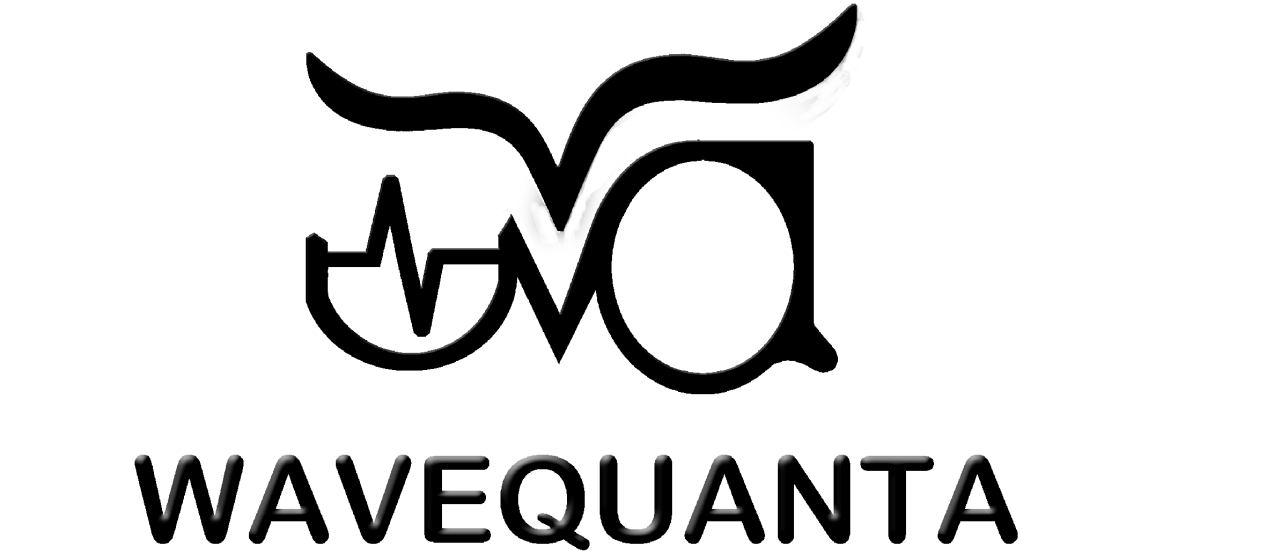




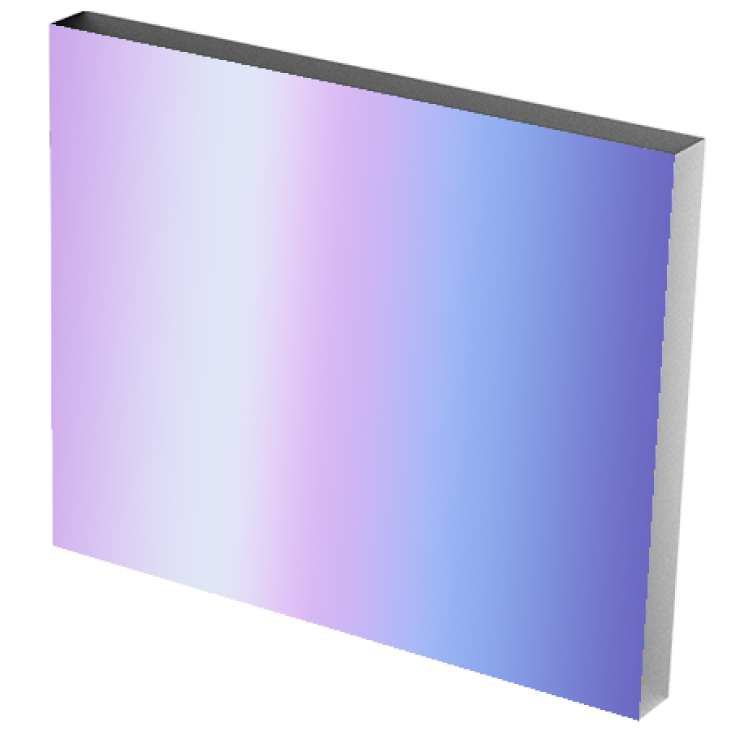





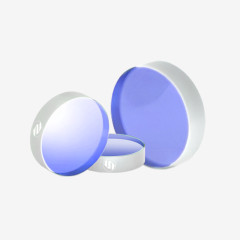
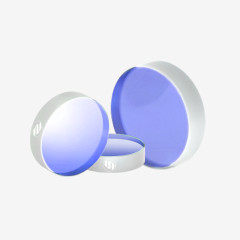
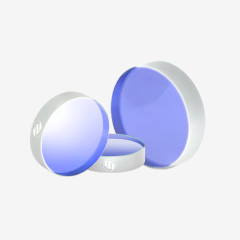
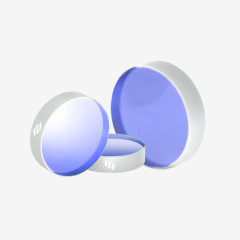
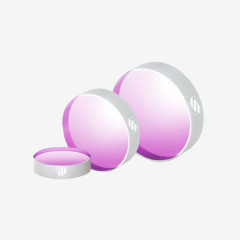
Product evaluation
%High praise
There are comments